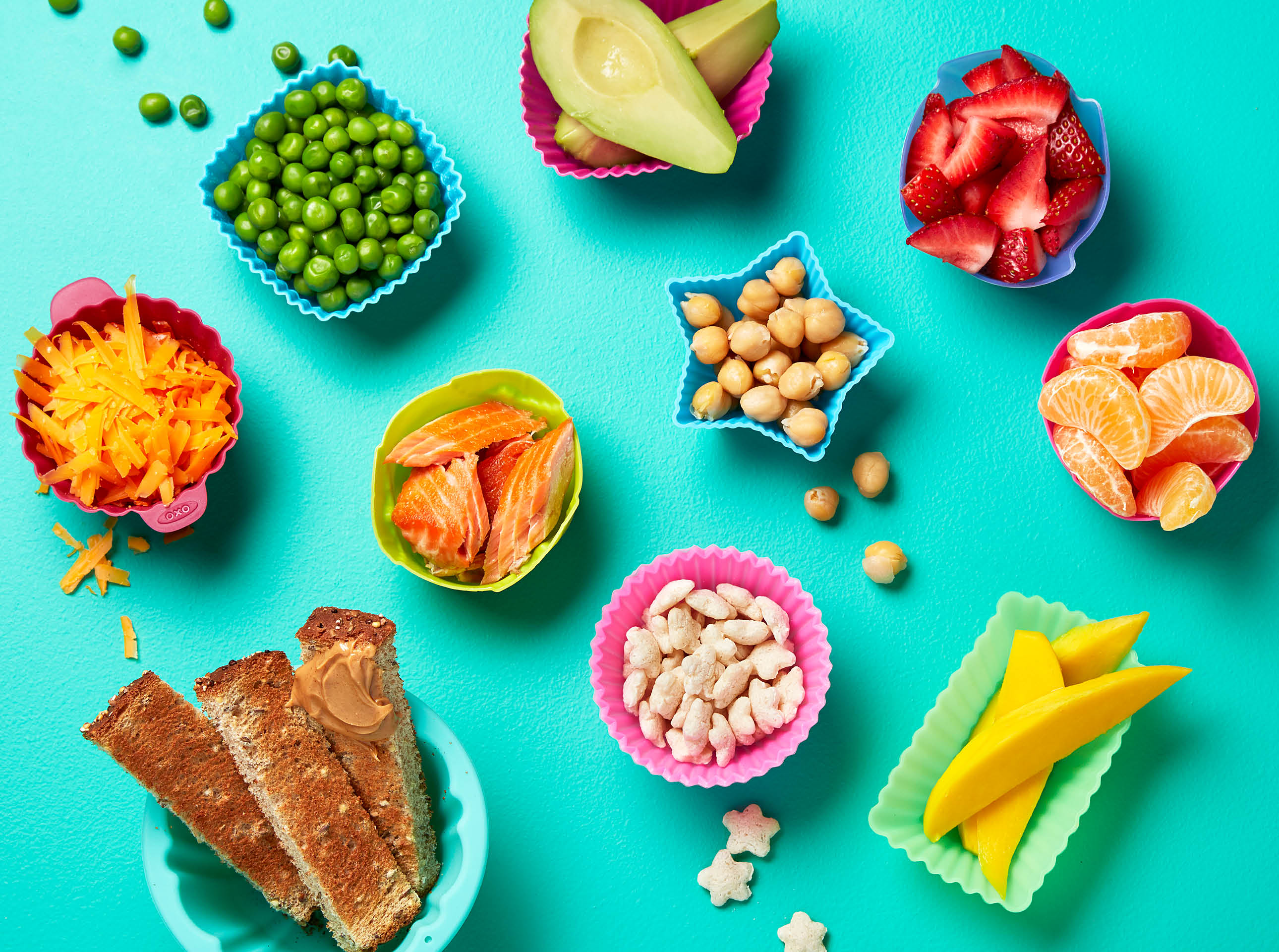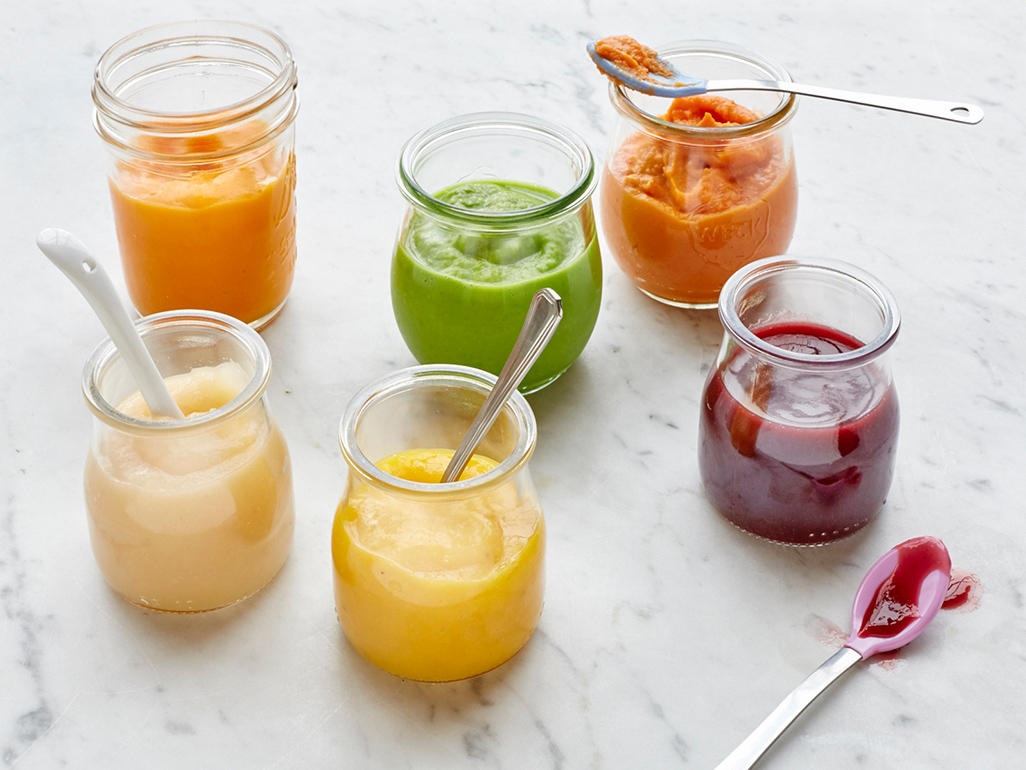Congratulations, you have a baby! Now if you are new to parenting, you might figure out that breast milk may be the first food to feed your baby, but you also asked yourself. When can you start feeding your baby with real food? What they can and cannot eat yet? Or if you were worried before, how do you effectively breastfeed your baby?
Worry not, for you will be guided to the recommended foods that will later become your baby’s first culinary experience.
Breastfeeding Tips
Before we actually jump into your baby’s gourmet, let us get this straight. Breastfeeding is not easy, and you may have an uneasy time trying to make sure that they don’t lie in your arms awkwardly or end up hurting yourself. Luckily for you, these tips can ensure the best way to breastfeed comfortably.
Whenever you are ready to nurse your baby, make sure that you are “tummy to tummy” with the baby while holding them. This is so the baby doesn’t need to turn their heads to latch. Also, point your nipple at the nose since they will lift their head up to receive it in your mouth.
It is important that you never put your hand on the back of the baby’s head, as this will trigger them to resist and chomp onto your nipple. Besides, they also feel more secure when you put something on their feet such as your leg or armchair.
Breastfeeding requires more calories, so be sure to keep yourself fed. Don’t eat too much, just three meals is enough, plus some healthy snacks.
Your breast milk is watery in the beginning, so this quenches your baby. As you keep nursing, a “hind milk” will be produced at the end of feeding, this is basically milk with high fat. Let your baby keep latching on as long as they can, they will let go when they are full. Try to offer the second breast if they are still hungry.
Several months later, If your baby still feels hungry after a full day’s worth of breastfeeding, which is around eight to ten, then you are ready to feed it with actual food. Before you continue, it is vital to ground up or cut your food to tiny bite sizes to easily feed your baby and avoid choking hazards. Do not add them into a bottle as this will lead to weight gain.
Cereals and Grains
Your baby needs iron, one of the most important minerals in the body. It helps red blood cells carry oxygen throughout the body and supports their ability to learn. Iron inside your baby drops as they grow up, the all time low is when they are nine months old. Because cereals and grains are iron-fortified, it is an ideal first food. Add them with milk first, so the baby can easily swallow the cereal. Once they are used to this, thicken it by introducing more cereals and less milk.
Simple Vegetables and Fruits
Examples of fruits you can feed your baby include but are not limited to potatoes, yams, pears, carrots or apples. To avoid them from being fussy eaters, do not include any that are sweet such as broccoli, spinach and cauliflowers. Don’t believe the myth that including fruits before vegetables will make them develop a longing for sweets.
Finger Foods

At around six to eight months old, when your baby is willing to explore with self feeding, you can feed them with finger sized foods. Do not feed them hard foods yet, such as sticks of carrots or nuts. Instead, offer foods that can be chewed easily and hard enough to grip. Soft cooked vegetables, cooked starchy foods like noodles and mash potatoes, and boneless meats like chicken are good options. Don’t add any sugar or salt, it is better if they like foods without them first.
More Irons and Textures
At around nine to twelve months old, your baby may already be eating three meals a day like us. Here, you can try incorporating foods with more textures like yogurt, bananas and mashed potatoes. Snacks should be healthy and remain unsweetened or unsalted. Feed them with more iron based foods such as meats and cereals.
Babies should have three milk feeds per day, one after every meal. If you are feeding your baby milk formulas, be mindful to supplement them with vitamin D if they are drinking less than 500ml of formula a day. Lessen your breastfeeding when you can so your baby has more room for more foods.
What Not To Feed Your Baby
- Foods with added sugars and no-calorie sweeteners.
- Honey, because it can cause botulism, a serious disease if introduced too early. Botulism attacks the body nerves and can cause difficulty breathing, muscle paralysis or even death.
- Cow’s milk until your baby is one years old. Stick to breast or formula milk instead. Pasteurized cheese and yogurts are okay, unpasteurized aren’t.
- Any foods that poses choking hazards such as nuts, hard candy, grapes, raw vegetables and hotdogs.
- High sodium foods such as pizzas, meats and fishes that are smoked, cured, canned or salted, and salted nuts.

Related Posts
By : Ameerul Ahmad
Where to Get Miniature 3D Printing File for Tabletop Gaming Figures
In the world of tabletop gaming, custom miniatures can bring…
By : Ameerul Ahmad
iGaming Slots Supplier Philippines: Pioneering Trends in Digital Slot Gaming
The iGaming slots supplier Philippines has been a hotbed of…